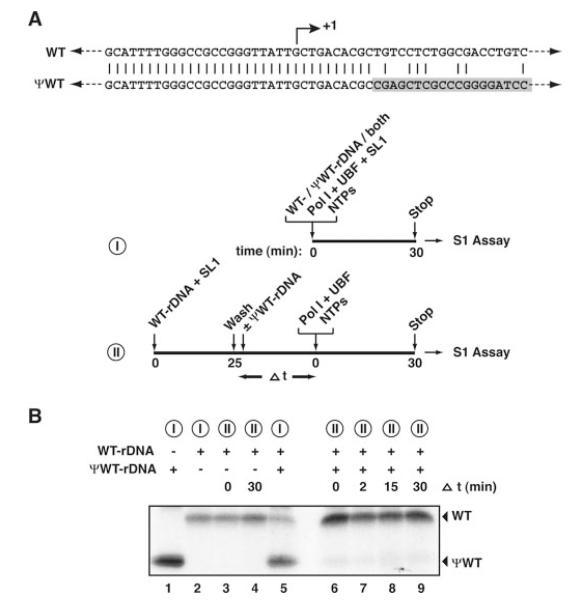Fig. 3. SL1 commits the rDNA promoter template for transcription.
A, the WT-rDNA and pseudo(ψ)-WT-rDNA templates are identical in the promoter region, diverging at +10, just downstream of the transcription start site at +1. Outline of experimental procedures: I, samples 1, 2 and 5, II, samples 3, 4 and 6–9. B, I, pseudo-WT-rDNA (200 ng, lane 1), WT-rDNA immobilized on beads (Fr 4, 50 ng, lane 2), or WT-rDNA plus pseudo-WT-rDNA (lane 5) were incubated with Pol I, SL1, UBF, and NTPs for 30 min at 30 °C. Transcripts were detected following S1 nuclease protection assay with oligonucleotides specific for the WT or pseudo-WT templates, yielding protected fragments of 40 and 32 nucleotides, respectively. II, SL1 (5 μl of highly purified Superose 6 SL1) was incubated with WT-rDNA (50 ng, lanes 3, 4, and 6-9) at 4 °C for 25 min. The SL1-rDNA complexes produced were incubated in the absence (lanes 3 and 4) or presence (lanes 6-9) of 200 ng of pseudo-WT-rDNA for 0 (lanes 3 and 6), 2 (lane 7), 15 (lane 8), or 30 (lanes 4 and 9) min. Transcription was initiated with the addition of Pol I, UBF, and NTPs. Transcripts were detected as in I.

